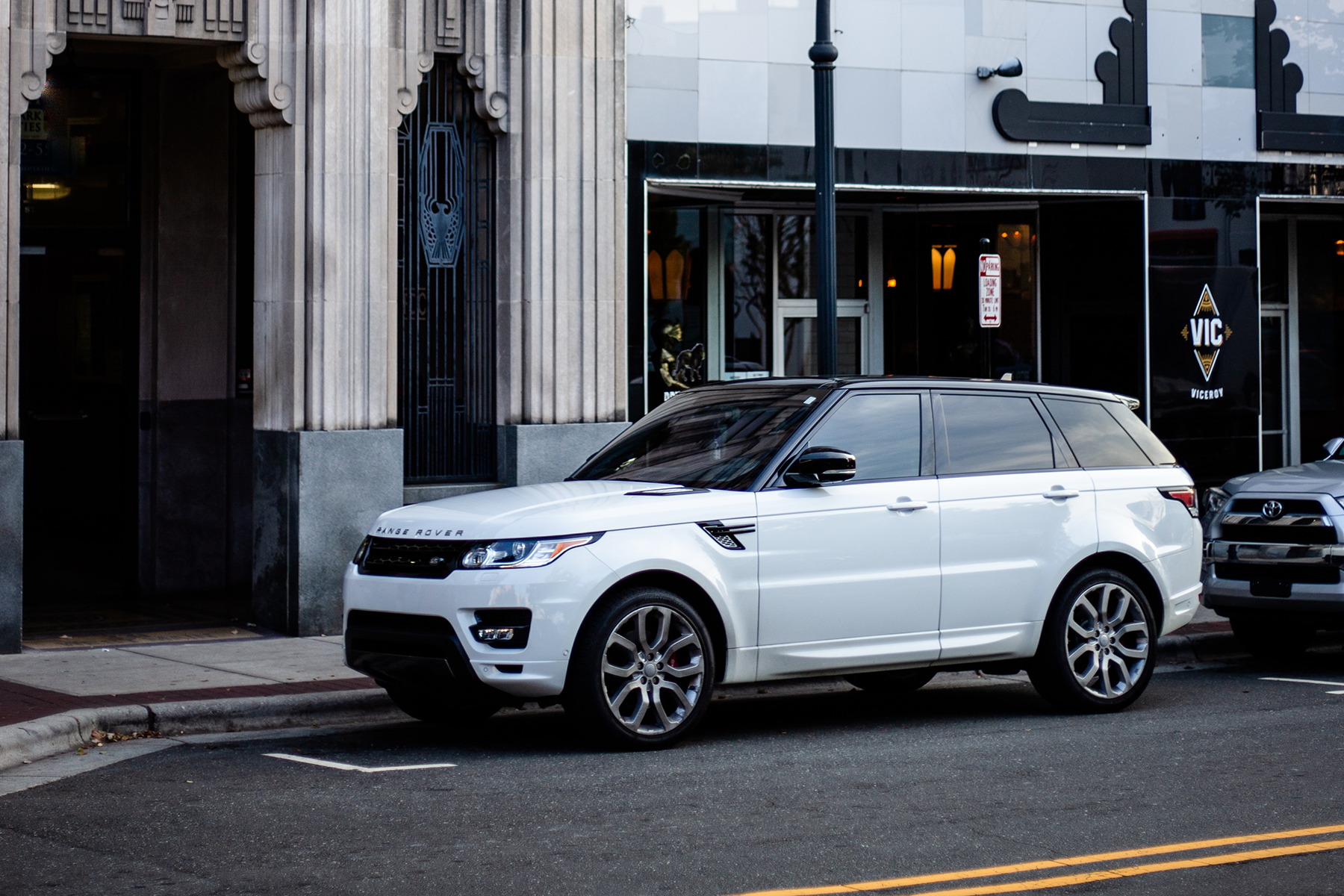As Jerry Seinfeld said, a classic ‘60s Rolls-Royce is not so much a car as “a nice living room with wheels.”
In the latter part of the 20th century and into the 21st, however, the marque and its contemporaries all but perfected the car part, too. For much of our modern era, the epitome of style, opulence, exclusivity and leg-room in automobiles has been embodied in the four-door touring sedans made by Rolls, Bentley, Maybach and the like.
Last week, the Bentley Mulsanne, a standard bearer for these $100K-plus land yachts, ended production after over a decade in the marque’s lineup. “It is the last of the great coachbuilt cars. This car is made entirely by hand,” Peter Guest, Bentley product line director, said in a video marking the end of production. Dave Barton, a production colleague, added, “There will never be another of its kind.”
While the Mulsanne may be gone, Bentley has christened the Flying Spur its new flagship model, appeasing fans of the four-door grand tourer. But underneath the surface, trouble seems to be brewing for the category as a whole.
The assailant is known by many names: Bentayga, Cullinan, Urus, Levante and DBX. In other words, the death knell for the land yacht may be rung by the same hand currently decimating the entire car market: the SUV.
“I think this is falling victim to something that has already happened in the mass market,” Jessica Caldwell, executive director of insights at Edmunds, tells InsideHook. As Caldwell notes, automotive trends — similar to other industries, like fashion — tend to trickle down from the luxury end to the mainstream market, but in the case of the SUV versus car debate, the high-end models have been holding onto the past as regular consumers trade up to bigger vehicles.
Back in 2015, SUVs outsold sedans for the first time in the U.S. Ever since, they’ve been gobbling up market share like they have the street parking on your block. Last year, they outsold sedans two to one, according to automotive analysts. It took years for the segment to reach that milestone, but it wasn’t until that upward trend was set in stone when luxury marques like Rolls-Royce and Bentley got into the game in a substantial way; and when they did, the response was not kind.
“I think a lot of these brands are seen as very pure car companies, and I think a lot of enthusiasts haven’t always really embraced SUV,” says Caldwell. “It does seem as if people want to keep the segment more pure, and I think there is a difference between a Rolls-Royce and a Lamborghini or Ferrari — your sports-car luxury versus the true, opulent luxury … but it does seem as if they have been the last holdouts to convert over to SUV.”
Now that the truly opulent luxury makers have embraced the SUV, they show no signs of going back. The Rolls-Royce Cullinan, which was unveiled in 2018 and starts around $330K, was the main factor in the marque’s record sales in 2019. It was the same story at Lamborghini thanks to its $200K-plus Urus. Aston Martin is quite literally counting on its $190K DBX to keep the brand solvent. And as for the Bentayga, Bentley unveiled a well-received, revamped version this week, just five days after the Mulsanne rolled off the line for the last time.
There are a few similarities between the old and the new, thanks to Bentley’s signature styling, but the differences are much more apparent. Hell, if you showed an espresso-sipping tycoon the advertisement for the 2021 Bentayga in the back of a Mulsanne 10 years ago, they’d think it was a spot for a Jeep Wrangler or Land Rover Defender.
Instead of a focus on grandeur, Bentley is selling itself with keywords like “travel” and “adventure.” As Caldwell explains, “To change it from a car to an SUV means that people are buying a different image,” so it’s only natural the pitch is different for the Bentayga and the Flying Spur. But how far will this go? Is this the beginning of a slippery slope for the luxury market?
“I mean, at the end of the day, they’re for-profit companies. [The SUVs] have been good financial moves for them and they have expanded their market, so it has worked,” says Caldwell. “The critics are a loud minority, but I don’t think that they have stopped them. And I think the success of these SUVs and these upper-echelon brands have proved them wrong.”
That’s not to say the land yacht has any chance of disappearing from the concrete seas altogether, but the options for the moguls and royals are shrinking by the day.
“Things always circle around, so I don’t think they’ll necessarily just erase all of their cars,” says Caldwell. Meanwhile, she expects the SUV segment to keep expanding, potentially into larger, full-size models.
“Whether you go as big as an Escalade, probably not, but something like a G-Wagen has always done really good historically.”
A Rolls-Royce Escalade. Hopefully the scourge doesn’t go that far.
This article was featured in the InsideHook newsletter. Sign up now.





















